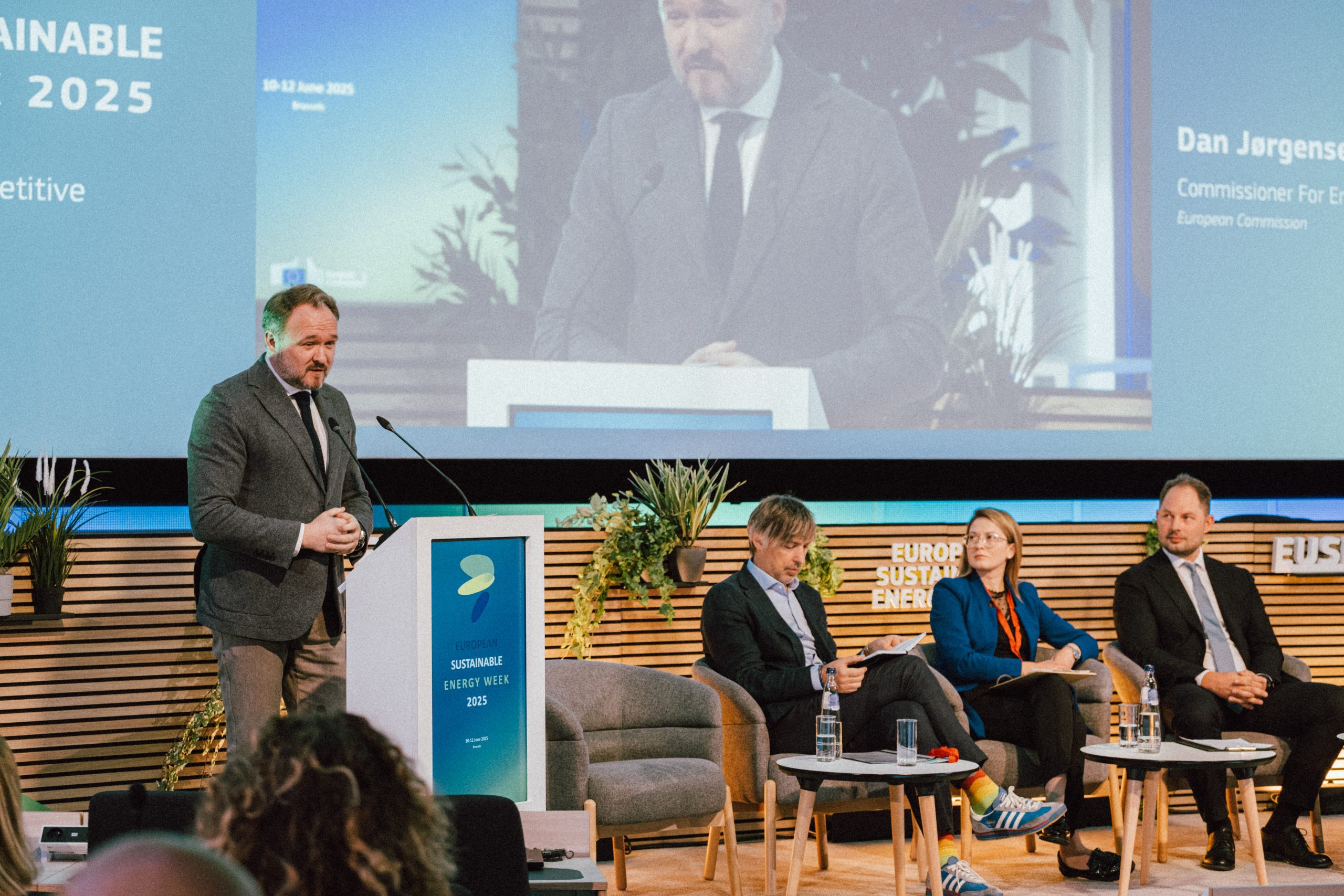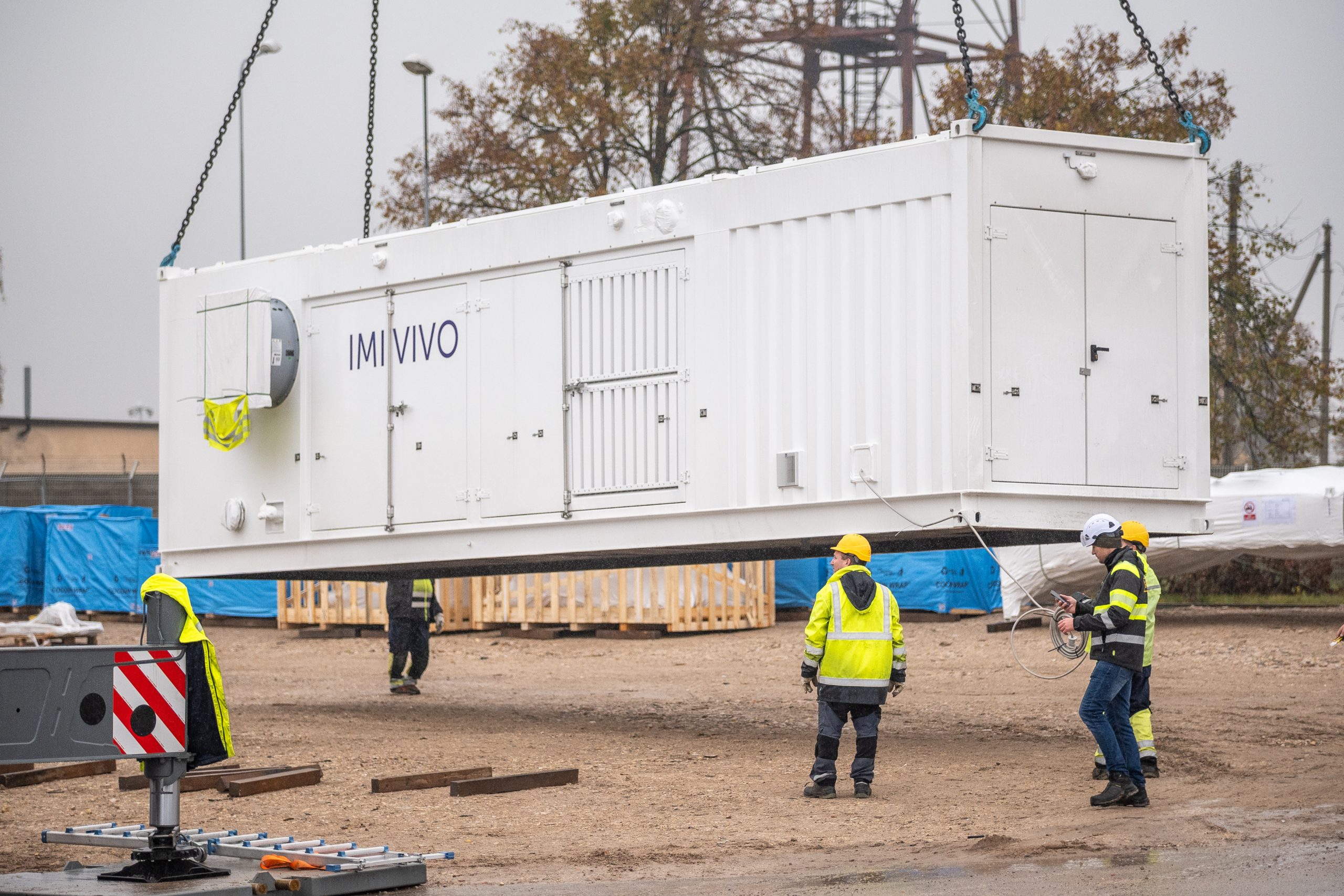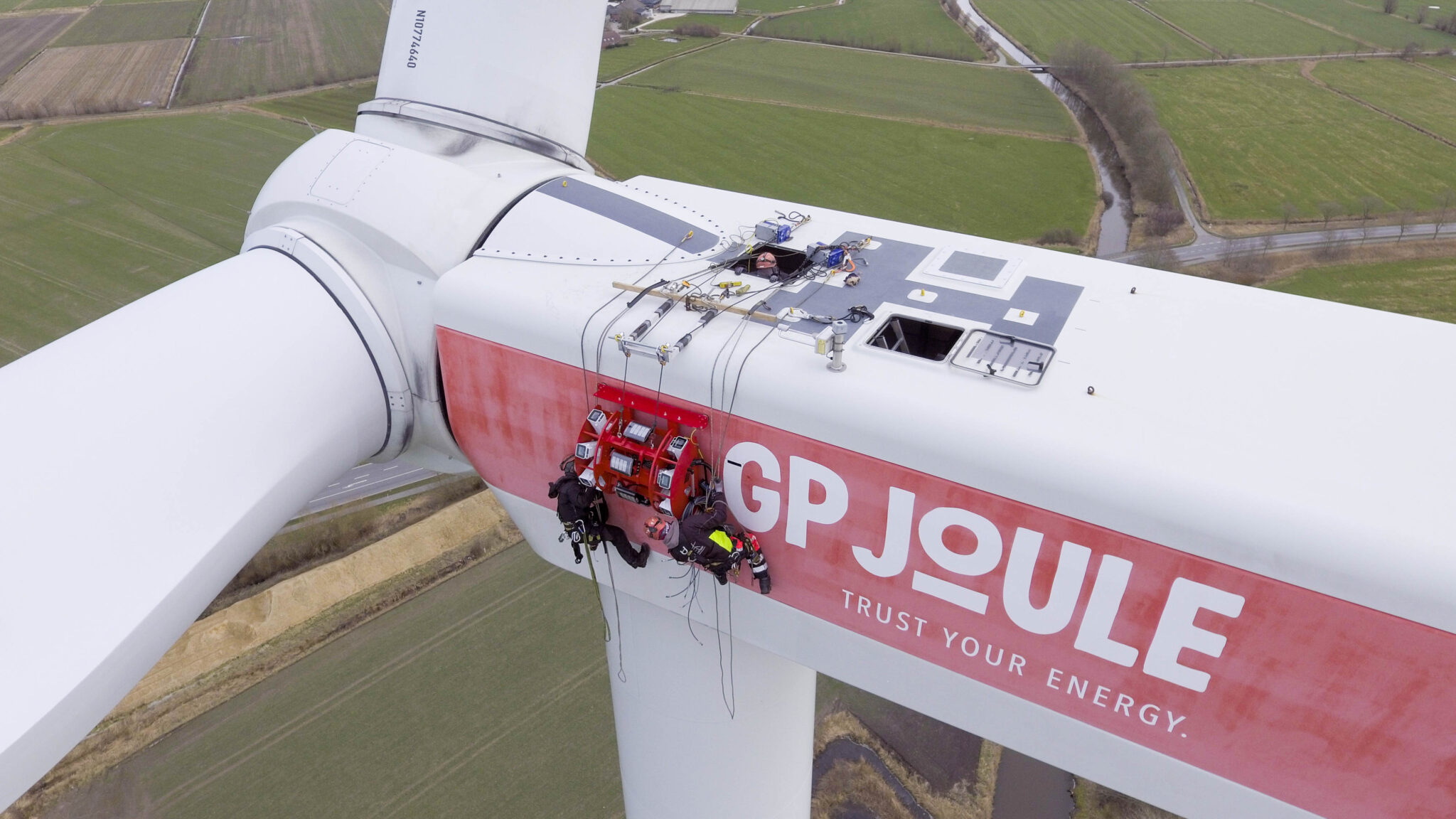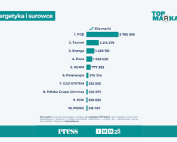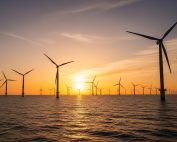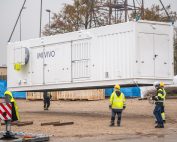RWE and FRS Windcat Polska presented the Hydrocat 55, one of the world’s first dual-fuel crew transport vessels (CTV), in the port of Ustka. It is a dual-fuel, MDO-fueled unit that can also run on hydrogen, significantly reducing CO2 emissions.
In the presence of Jacek Maniszewski, Mayor of the City of Ustka, representatives of local authorities, the fishing community, shipyard and port had the opportunity to see the innovative CTV unit, which moored at the Władysławowo wharf, from which RWE plans to carry out servicing work in the future. RWE intends to use the port of Ustka as an operations and service base for F.E.W. Baltic II, its first offshore wind farm in Polish Baltic waters.
Jacek Maniszewski, Mayor of the City of Ustka: “Offshore wind energy is crucial to Poland’s energy transition. Ustka, as a port city, will play an important role in the construction and operation stages of offshore projects in the Baltic. The visit organized by RWE proved that our port is ready to handle offshore wind farms.”
The Hydrocat 55 has dual-fuel engines (diesel and hydrogen) with 200 kg of hydrogen, which will enable the replacement of nearly 600 liters of diesel fuel. The fuel is stored in 27 cylinders at a pressure of 350 bar. Depending on the range of tasks to be performed, this amount of hydrogen allows the ship to operate for up to three days. The technology used allows an annual reduction of 220,000 liters of diesel fuel consumption and nearly 600 tons of CO2 emissions.
Tim Kunstmann, Managing Director at FRS Windcat Polska: “The technology used is suitable for the CTV primarily because it allows the use of existing diesel engines. No fundamental changes are required to the main engine, which means maintenance and repairs are not complicated, and the engine can be easily converted back to diesel without any modifications. Even if hydrogen is not available, the vessel can run on traditional fuel, making it a reliable solution for offshore wind power. The Hydrocat 55 vessel will be operational by the end of 2023. Its sister unit Hydrocat 48 has been in operation since last year and operates offshore wind farms in the Netherlands, Belgium and the UK.”
Grzegorz Chodkowski, Vice President of Offshore Development Poland at RWE: “Shipping accounts for about three percent of annual global greenhouse gas emissions. We are convinced that offshore wind energy will significantly contribute to the decarbonization of shipping and maritime transportation. The solution proposed by FRS Windcat can be seen as a milestone in the development of fully hydrogen-powered CTV units. RWE operates 19 offshore wind farms in five countries. More offshore projects are under construction and development – including the F.E.W. Baltic II project in Poland. We are committed to ensuring that our service providers offer carbon-neutral solutions throughout the lifetime of our offshore wind farms.”.
F.E.W. Baltic II – RWE’s first offshore wind farm off the coast of Poland
RWE is developing its first offshore wind farm off the coast of Poland. The F.E.W. Baltic II project is located north of Slupsk Bank, in the exclusive economic zone in the central part of the Polish Baltic Sea. With a planned installed capacity of 350 megawatts, the wind farm will be able to produce enough green energy to power about 350,000 households. We are continuing to develop the project, work is underway and its commissioning is expected by the end of this decade.
Source: RWE






